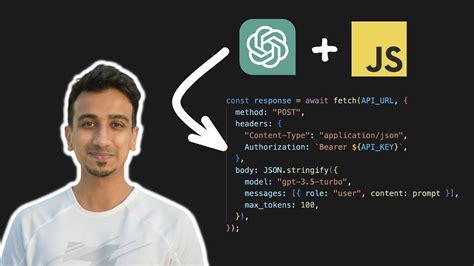JavaScript: Easier Than You Imagine?
JavaScript, the ubiquitous language powering the interactive elements of virtually every website, often carries a reputation for being complex and intimidating. However, the reality is far more approachable than the myths suggest. This article will demystify JavaScript, showing you that its fundamental concepts are surprisingly easy to grasp, paving the way for you to unlock a world of web development possibilities.
What Exactly Is JavaScript?
At its core, JavaScript is a scripting language that adds interactivity to web pages. Think of HTML as the skeleton of a webpage, CSS as its skin, and JavaScript as its nervous system—allowing it to respond to user actions and dynamically update its content. Unlike server-side languages (like Python or PHP), JavaScript runs directly in the user's web browser, making it client-side scripting. This means the code executes on the user's computer, not on a remote server.
Getting Started: The Basics
You don't need a complex setup to begin learning JavaScript. A simple text editor and a web browser are all you need. Let's explore some fundamental concepts:
Variables and Data Types
JavaScript uses variables to store data. Think of variables as containers holding information. The most common data types include:
- Numbers:
let age = 30; - Strings:
let name = "Alice";(text enclosed in quotes) - Booleans:
let isAdult = true;(true or false values)
Operators
Operators perform actions on variables. Basic arithmetic operators (+, -, *, /) work as expected. Other essential operators include:
- Assignment:
=(assigns a value to a variable) - Comparison:
==(equals),!=(not equals),>(greater than),<(less than)
Control Flow
Control flow dictates the order in which your code executes. Key elements include:
if...elsestatements: Execute different blocks of code based on conditions.if (age >= 18) { console.log("Adult"); } else { console.log("Minor"); }forloops: Repeat a block of code a specific number of times.whileloops: Repeat a block of code as long as a condition is true.
Functions
Functions are reusable blocks of code that perform specific tasks. They help organize your code and make it easier to maintain.
function greet(name) {
console.log("Hello, " + name + "!");
}
greet("Bob"); // Calls the function
Common JavaScript Tasks (and How Easy They Are!)
Let's look at some common tasks and see how straightforward they are in JavaScript:
Responding to User Clicks:
This is incredibly simple. You can attach a function to an HTML element's onclick event:
Modifying Web Page Content:
JavaScript allows you to easily change text, add elements, and even manipulate styles dynamically. For example, to change the text content of an HTML element with the ID "myParagraph":
document.getElementById("myParagraph").textContent = "New text!";
Adding Animations:
While complex animations require more advanced techniques, simple animations can be achieved with ease using JavaScript's ability to modify CSS properties over time.
Addressing Common Concerns: "Is JavaScript Really That Easy?"
While the basics are indeed quite accessible, mastering JavaScript to build complex applications will require dedicated learning and practice. However, the initial learning curve is far gentler than many assume.
Is JavaScript hard to learn compared to other programming languages?
Relative to languages like C++ or Java, JavaScript is considered easier to pick up initially due to its less strict syntax and dynamically typed nature. However, its flexibility can also lead to complexities as projects grow larger.
What are the biggest challenges beginners face?
Common hurdles include understanding asynchronous programming (how JavaScript handles tasks that take time), working with the Document Object Model (DOM—how JavaScript interacts with web pages), and debugging effectively. However, plenty of resources exist to guide beginners through these challenges.
How can I stay motivated while learning?
Start with small, achievable projects. Build a simple to-do list, a basic calculator, or a simple animation. Celebrate your progress and don't be afraid to seek help from online communities.
Conclusion
JavaScript is a powerful and versatile language, but its fundamental principles are surprisingly straightforward. By breaking down the concepts into manageable chunks and focusing on practical application, you can quickly gain proficiency and begin creating interactive and dynamic web experiences. So, don't let the perceived complexity deter you – the world of JavaScript is waiting to be explored!

